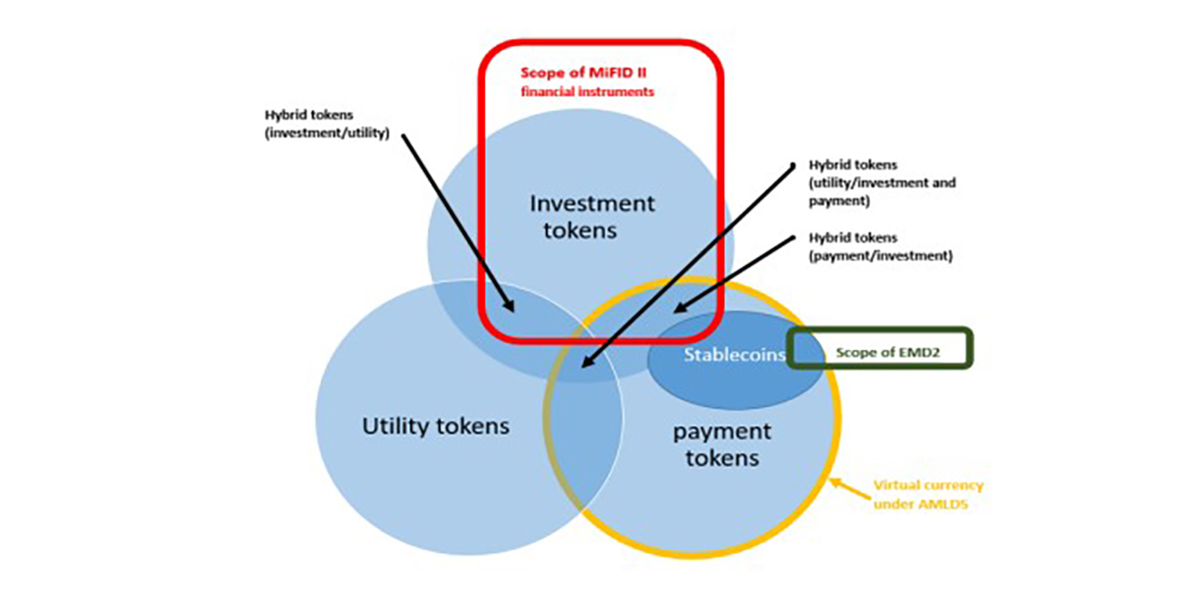The EU’s digital finance package is taking shape, with the EC agreeing on standards for DORA and now have a provisional agreement for Markets in Crypto-Assets (MiCA). This proposed regulation attempts to bring crypto-assets, issuers, and service providers under a regulatory framework for the first time – with unbacked crypto-assets, stable coins (crypto-assets with value pegged to another cryptocurrency, asset, or commodity), and service providers such as wallets and trading venues affected.
The goal is to introduce legislation to protect EU consumers, to prevent misuse of these assets, and to enable continued innovation in the crypto-asset space. It also aligns with updates to AML regulation, which are now expanding to include crypto assets, as of new agreements on the 29th of June. And it aligns with the DLT pilot scheme, which will allow regulators to test solutions using distributed leger technology commonly used by crypto assets.
What is MiCA?
MiCA was proposed and created by the European Commission, Council, and EU Parliament, and was agreed on in the last week of June 2022. Now, the regulation needs approval by the EU Parliament and individual state governments to become law. However, with full agreement, it’s time for most financial organizations to put MiCA on their radar.
While the first of its kind on that it’s the first attempt at regulating crypto-assets in the EU, MiCA can be seen as the crypto-asset partner of MIFID II/MiFIR.
Effects of MiCA
MiCA is intended to protect consumers from unregulated crypto markets ensuring that the crypto markets does not become a breeding ground for market manipulation and preventing consumers from falling victim to “pump and dump” strategies. At the same time, financial organizations need freedom to innovate and leverage findings from a new industry.
- Crypto-asset service providers (CASPs) will require licensing to operate in the EU
- CASPs will have to meet compliance standards (security, KYC, etc.) to gain licensing
In practice, national regulators will be responsible for ensuring CASPs meet standards and for issuing licenses, which those crypto-businesses will need to operate within the EU. Bearing in mind that an organization with a license to do business in one EU member state effectively has a passport for the whole EU.
At the same time, national regulators will have to inform the European Securites and Markets Authority about authorizations and practices. In addition, the European Banking Authority will maintain a public register of non-compliant CASPs.
New Opportunities (And Risks) For Traditional Financial Institutions
Moving crypto-asset service providers under the umbrella of regulatory compliance creates both opportunity and risk for EU financial services firms. The most notable of those is that for the first time, these new technologies will be regulated. This means that financial organizations can acquire, work with, and partner with crypto-asset providers to build new services and to provide services in new ways.
On the other hand, those collaborations introduce new risks with organizations that may not have the same due diligence or KYC processes in place that you may require for your organization. Our suggestion is that traditional financial services firms thoroughly assess and manage the risk of working with these organisations, as they may not have the same due diligence in place.
MiCA aims to regulate CASPs for the first time but It’s just one part of the larger digital finance package, which aims to develop a cohesive EU approach to ensure financial stability and consumer protection, while enabling technological innovation.
If you’d like to discuss more about MiCA or another part of the digital finance package, contact us for a discussion. We’re happy to help.
Terug naar Introducing the European Commission Regulation of Markets in Crypto-Assets (MiCA)